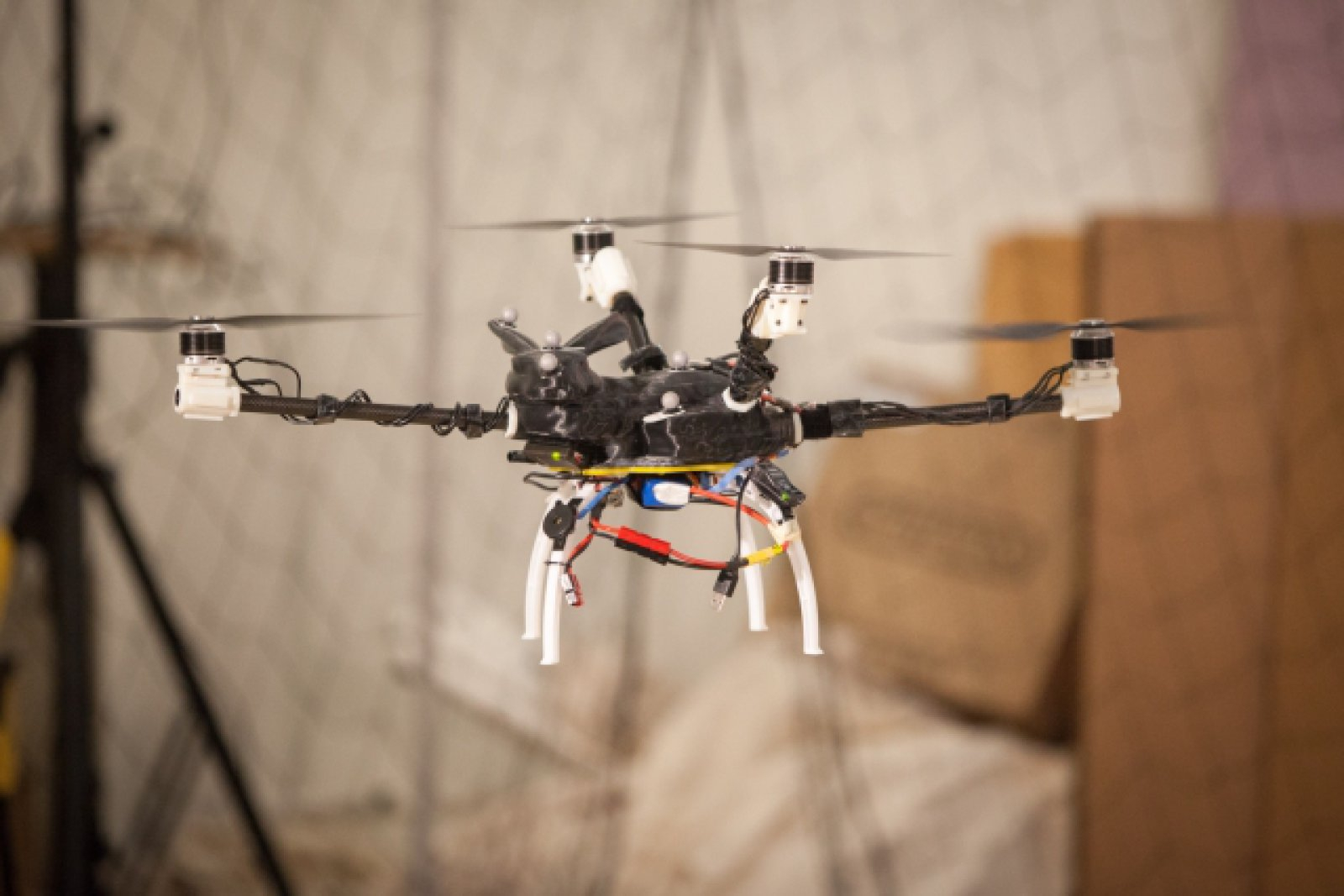
Most of today’s commercially available drones have four rotors and more or less look the same (other than that one that’s foldable). So if you wanted to own a drone that had, say, five copters or a completely different design altogether, you’d probably have to make your own, which can be a really tedious process. If you don’t know where to start customizing your flying masterpiece, MIT’s new system could be your first stop. The institute’s Computer Science and Artificial Intelligence Laboratory (CSAIL)’s latest project is what it says is the first platform that lets you design, simulate and build your own drone.
via Engadget




